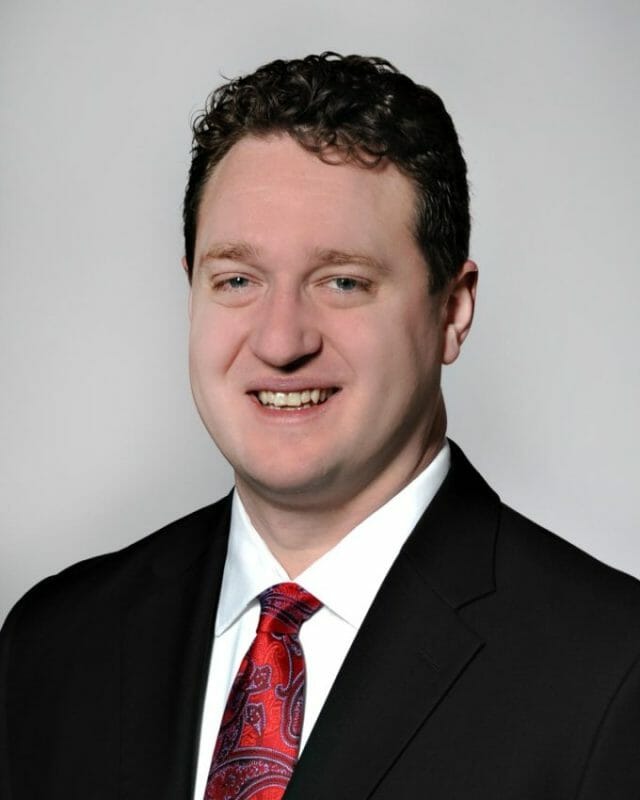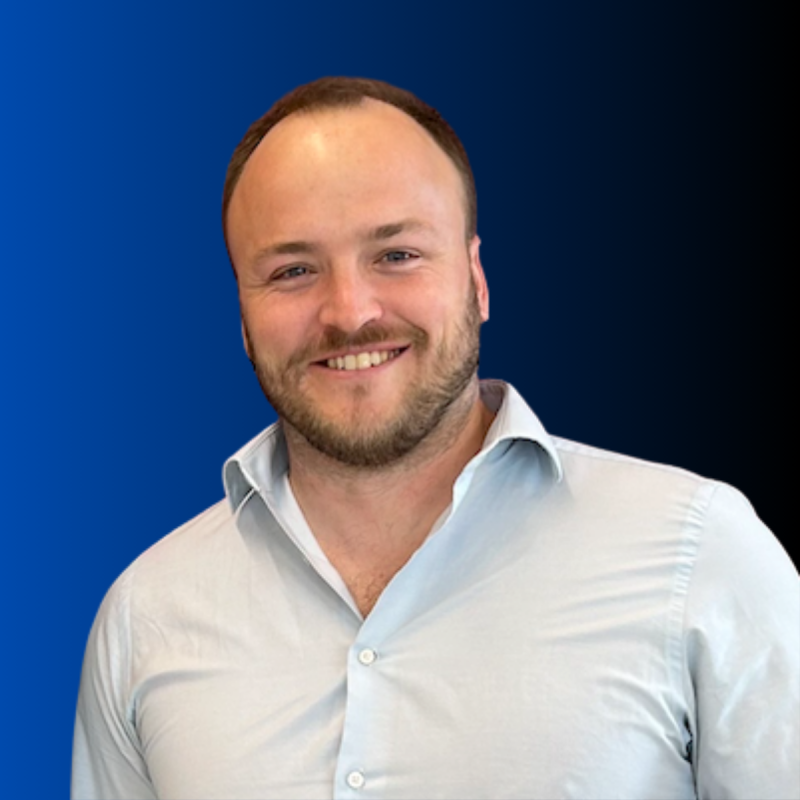At a recent networking event, one brash venture capital (VC) investor began dishing out some unsolicited advice regarding global patent protection. In the VC’s opinion, U.S.-based medical device innovators should not bother with patent protection in foreign jurisdictions. He was adamant that patents in countries outside the U.S. were simply not worth the time, effort and cost.
In this VC’s view, the U.S. healthcare market is big enough that good profits can be made without having to bother with the hassle of foreign patent protection, particularly patent protection in China.
Medical device innovators should be wary of such cut-and-dry advice. There are rewards to a strategy that focuses solely on the U.S. market and U.S. patent protection, but reaping those rewards also involves significant risk. Any medical device innovator should carefully consider their global patent strategy.
Pursuing patent protection in any jurisdiction is expensive and every additional jurisdiction will add to the cost. Thus, limiting the number of jurisdictions where a patent is filed can save money. If a medical device innovator forgoes any patent protection outside the U.S., there will be a significant up-front savings. Attorney fees will be lower as the drafting attorney will not need to consider the nuances of foreign patent law or any potential language translation issues while drafting the application. There will also be significant cost savings through the elimination of foreign government fees for filing an application.
Once an application is filed, there are additional costs associated with advocacy before a patent office to get the patent approved. Outside the U.S., fees are owed to the foreign patent office, to a jurisdiction-based attorney or agent and to the corresponding U.S. attorney or agent. For example, some jurisdictions, such as Japan, require a filing fee, an examination fee with per-claim surcharge and, if the patent issues, an annual registration fee with a per-claim surcharge. In addition, the medical device innovator will owe attorney fees to both the foreign-based attorney or agent analyzing the communications from the Japanese patent office, translation costs and attorney fees to a U.S.-based attorney.
It is easy to see how quickly the costs for foreign patents can stack up and eat into the budget. By filing for patent protection only in the U.S., a medical device innovator avoids foreign preparation costs, foreign prosecution costs, foreign governmental fees and foreign annuity costs. A strategy of filing only in the U.S. gives a medical device innovator more money for technology development, U.S. regulatory approval and U.S. marketing.
Depending on the condition treated by a particular medical device, pursuing patent protection only in the U.S. could be beneficial. For example, if the medical device addresses a disease like diabetes, then it is important to make sure that the innovation is protected in countries with high incidences of diabetes, like the U.S. There isn’t necessarily a need to spend the time and effort to protect, get regulatory approval for and market the medical device in jurisdictions where there may be limited opportunities for sales. On the other hand, the innovation may address a concern that has a higher prevalence in a non-U.S. jurisdiction. For example, if the medical device is used in a niche cosmetic surgery procedure or treatment of a disease with a high prevalence in the jurisdiction, a strategy that does not seek protection in that foreign location could be crippling. It is important to thoroughly analyze the markets that are afflicted by the condition the medical device treats.
Smaller companies may see significant benefits in focusing only on the U.S. market. For a new company or startup, limiting the initial strategy to the U.S. market and U.S. patent protection can provide more room in the budget to grow and develop the medical device. Once the market for the medical device is established or has a sustainable niche in the U.S., new innovations can be tailored for new markets. Those new innovations can be protected in the new markets as they are entered. This strategy allows the company room to grow before increasing the costs associated with procuring the necessary global patent rights and embarking on a global protection strategy.
While there are rewards to forgoing non-U.S. patent protection, there are also significant risks. Ignoring patent protection in non-U.S. jurisdictions can limit manufacturing options. Producing some or all the components as part of the global supply chain for later assembly and sale in the U.S. can be more cost efficient for some medical devices. To access the global supply chain, a medical device innovator often must export its technical know-how to someone physically present at the foreign manufacturing facility who can oversee and monitor production. Exporting the technical know-how to a foreign country or manufacturer where local patent protection is absent is risky. If local patent protection has not been acquired, this increases the likelihood of that technical know-how being transferred to a competitor or upstart. If the medical device innovator possesses local rights granted by patent protection in that jurisdiction, they are better able to safeguard and pursue bad or negligent actors.
Only filing in the U.S. risks losing non-U.S. markets. Once the medical device is on sale, competitors from foreign jurisdictions may purchase and import the medical device to their country. There, the competitor may reverse engineer the medical device and produce the medical device for sale in the local jurisdiction. U.S. patent protection can prevent the importation of the competing medical device into the U.S. but, absent patent protection in the foreign jurisdiction, there may be no way to prevent the sale of the competing product in the jurisdiction. Factor in the potential for medical tourism to the foreign jurisdiction, and a U.S.-based medical innovator also risks losing some U.S. sales.
Once the medical device is on the market and available for competitors to reverse engineer, a patent strategy that ignores non-U.S. markets increases the likelihood that a competitor may block future development of the technology. For example, if a foreign competitor knows it can produce the product without risk in its jurisdiction, it will likely do so. The foreign competitor is also more likely to invest in future development of the medical device if it’s free to produce and sell the product in its jurisdiction. The competitor would then be free to pursue patent protection for any improvements made to the technology – and the competitor would not necessarily be limited to patent protection in its own jurisdiction. By foregoing patent protection in non-U.S. markets, the likelihood that a competitor could develop improvements to the technology and use them to block the original innovator’s ability to improve the medical devices in the U.S. increases. In effect, the medical device innovator risks capping the market to the entry-level product.
Even if the medical device innovator avoids the risks to future development, expenditure for U.S. enforcement actions may increase. If the product is produced overseas – free from the protection of the local patent system – some actors will inevitably seek quick profits by importing those non-foreign patent protected products into the U.S. The illegal importation means more U.S. litigation against potential distributors and customers and more money spent on the diligence needed to catch the illegal imports.
The resulting loss of global market share could be huge. The U.S. accounts for only about 40% of the medical device expenditure globally. If a medical device innovator focuses only on the U.S. market, that innovator is limiting total growth to that 40% of global market share. That isn’t insignificant, but the cap it represents should be considered.
There are many risks and a few rewards to an intellectual property strategy that foregoes patent protection in non-U.S. jurisdictions. Startups or midsize medical device companies should include intellectual property specialists in strategy sessions for market development.
Global brands that don’t already have a global patent strategy should reconsider their corporate management structure to appropriately weigh input from in-house intellectual property counsel. Complexity of tech, company stage and primary markets will also all factor into what is best for each business.
It is crucial for companies to involve their intellectual property professionals alongside their business and marketing professionals to make well-reasoned conclusions about the effectiveness of a global patent strategy that ignores non-U.S. jurisdictions.
Editor’s Note: Christopher Cauble is a principal at Harness IP’s Dallas Metro office. Chris helps his clients capture their marketplace by identifying their competitive advantages and safeguarding them with patents, trademarks, and other intellectual property assets. He can be reached at ccauble@harnessip.com.




